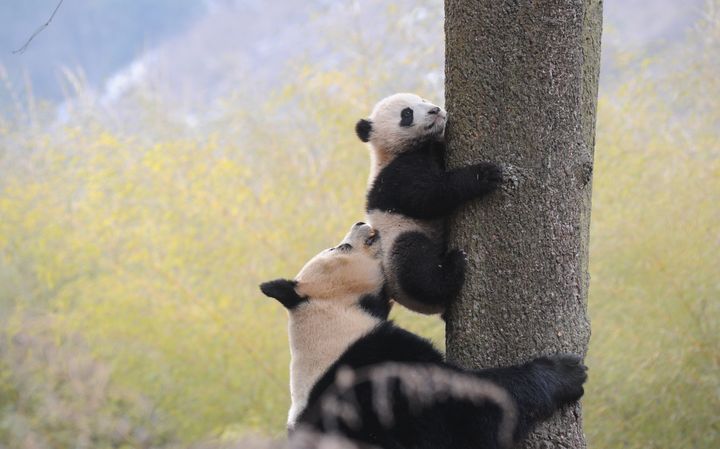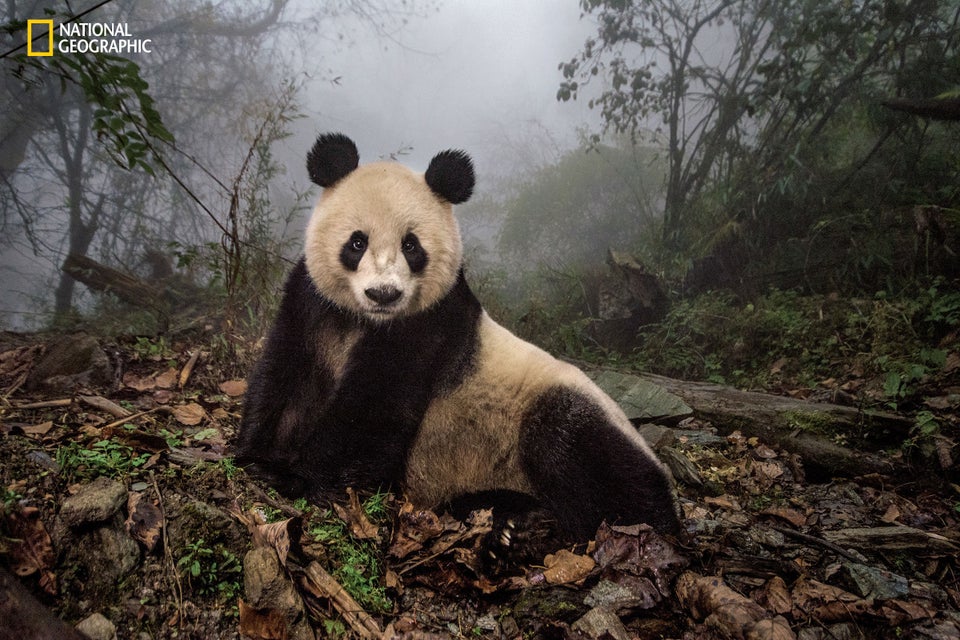
The giant panda, long a symbol of the conservation movement, is no longer listed as endangered, according to the International Union for Conservation of Nature.
Its Red List of Threatened Species will now list the creatures as “vulnerable,” the international organization announced Sunday.
The bamboo-loving bears have seen a 17 percent surge in population numbers in the decade ending in 2014, largely due to conservation efforts in their native China. The most recent panda census counted 1,864 of the animals, excluding those below a certain age threshold. If you include cubs, that number approaches 2,060.
“The decision to downlist the giant panda to ‘vulnerable’ is a positive sign confirming that the Chinese government’s efforts to conserve this species are effective,” the IUCN’s latest assessment reads, before noting: “It is critically important that these protective measures are continued and that emerging threats are addressed.”
The IUCN went on to warn that the decreasing availability of bamboo ― the prime source of nutrition for pandas ― due to climate change could further stress the animals. If the phenomenon continues unabated, nearly a third of the world’s bamboo habitat could disappear in the next 80 years.
“The giant panda will remain a conservation-dependent species for the foreseeable future,” the agency concluded.
The announcement was countered during the IUCN’s World Conservation Congress this weekend with news that the Eastern gorilla, the world’s largest primate species, was upgraded to critically endangered after scientists announced “devastating population decline.”
China has perfected the art of panda breeding in recent decades, an almost humorously difficult endeavor as procreation is almost impossible with the bears. Scientists have dressed up in panda costumes and even developed “panda porn” to help get the animals in the mood.
The country has helped shepherd a score of new cubs into the world ― primarily at the hallmark Chengdu Panda Base and a select group of international zoos loaned breeding panda pairs.
The World Wildlife Fund, which has featured a panda in its logo since 1961 and long campaigned to raise awareness about the bears, praised the success of such conservation efforts.
“The recovery of the panda shows that when science, political will and engagement of local communities come together, we can save wildlife and also improve biodiversity,” WWF director general Marco Lambertini said in a statement.

